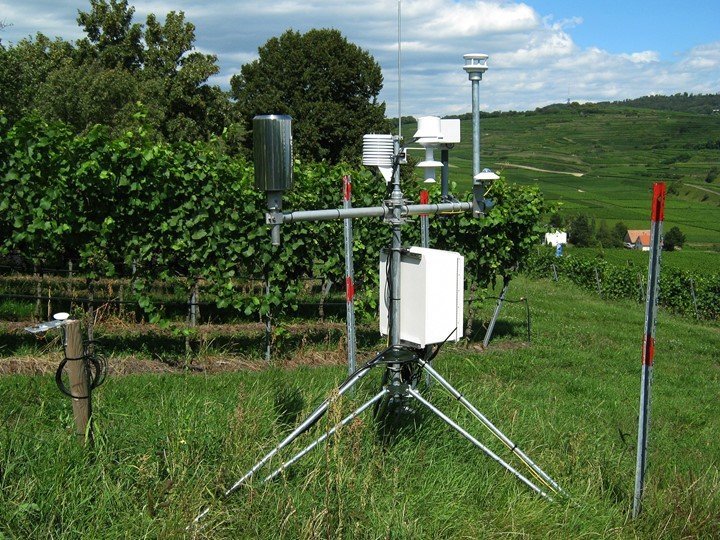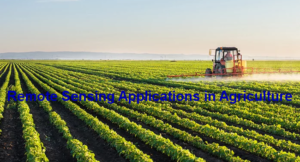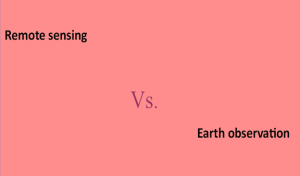Weather forecasting involves the application of scientific principles and knowledge to predict the atmospheric conditions of a given location at a future time. It is made by collecting as much data as possible about the current state of the atmosphere, like humidity, wind, and temperature, and using the understanding of atmospheric conditions to determine weather conditions for the future. Remote sensing is the scientific way of collecting information about objects or areas from a distance, usually from aircraft or satellites. The application of remote sensing in weather forecasting is wide, beginning from meteorology, and hydrology to agriculture and other uses. This article explains how remote sensing is applied in weather forecasting in the following ways.
1. Recording and interpreting sunlight as it is reflected from the clouds to the earth’s surface
Sensors carry a whole range of information from clouds as thick clouds and snow is represented by bright white color in the images. The images show the land and sea with no cloud covering them appearing dark grey. The visible light source is the sun, and visible satellite images are not available during the night as sunlight is unavailable during this time. The recorded radiation images are thus the measure of temperature decrease with height in the atmosphere, and a conclusion of high clouds are colder due to less radiation.
2. Recording and interpreting humidity carried by radiations
Remote sensors record the radiations emitted from the water vapor in the atmosphere. This is because radiation from low clouds hardly reaches the satellites. The radiation intensity received at the remote sensor usually depends on water vapor in the atmosphere. High humidity makes the sensor have bright shades.
3. Weather radars
Weather radars usually measure the rain reflectivity and Doppler winds. Weather radars can reveal rainfall intensity variation. Their advantage is that they take images more frequently than meteorological satellites. They effectively monitor any change in rainfall intensity in certain rain-prone areas.
4. In meteorological satellite
In this case, remote sensors are used in forecasting and warning services. They keep track of the weather system days before they come close.
5. Monitoring cyclones and storms in certain areas
Remote sensors in satellites can monitor tropical cyclones, thunderstorms, sandstorms, flooding, and volcanic eruptions, warning people of impending disasters.
6. Detecting winds
Remote sensors are used in special kinds of satellites called quick scat, which measure scattered microwave signals from sea waves to reduce near-surface wind speed and direction. This can be used in detecting cyclones in the ocean.
7. Revealing rainfall intensity and quality.
Remote sensors in weather radars have a special high resolution than other satellites. They thus collect and reveal very fine details in terms of weather changes, especially when it comes to rainfall.
8. Detecting and locating objects on the earth’s surface
Remote sensors transmit electromagnetic radiation hence effective in locating objects in the atmosphere. This shows wind movement and atmospheric temperature obtained from space, thus improving weather forecasts.



